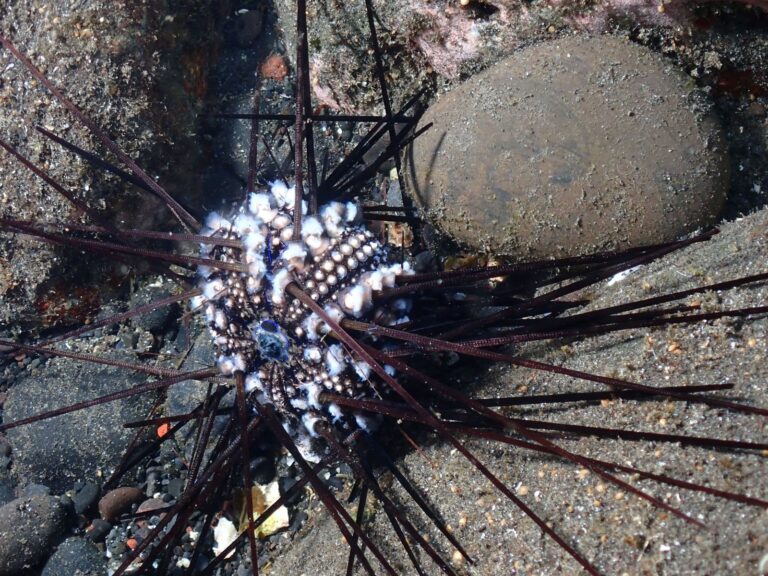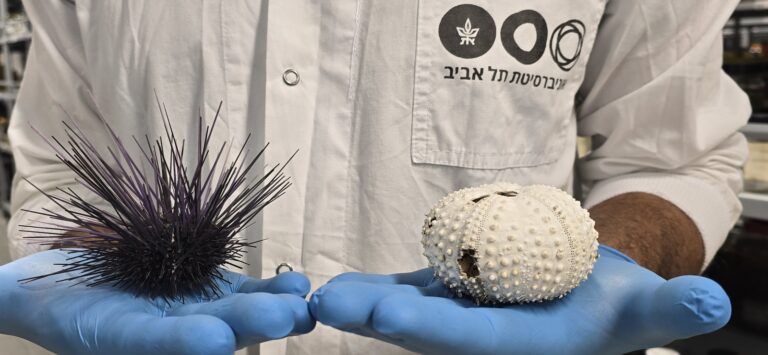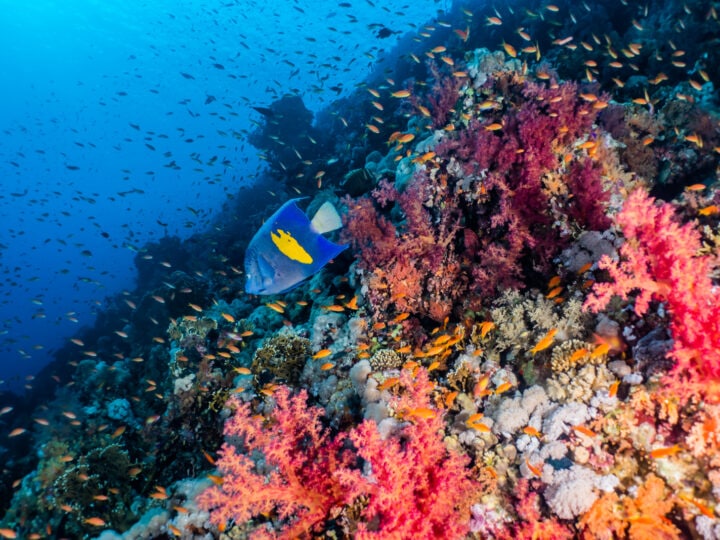Researchers from Tel Aviv University have identified the pathogen responsible for the mass mortalities of sea urchins in the Red Sea, a phenomenon posing a severe threat to coral reefs worldwide. This epidemic has spread to the Indian Ocean, presenting a dire warning of a potential global pandemic.
Sea urchins, crucial protectors of coral reefs, play a vital role in maintaining the ecological balance by feeding on algae that compete with corals for sunlight. The disappearance of these “reef gardeners” can severely disrupt the delicate ecosystem, potentially leading to widespread coral reef degradation.
The Tel Aviv University team, led by Dr. Omri Bronstein from the School of Zoology and the Steinhardt Museum of Natural History (SMNH), first identified the phenomenon in Eilat.
The team discovered the water-borne pathogen causing the mass deaths: a scuticociliate parasite similar to Philaster apodigitiformis. This pathogen was also linked to the mass mortality of Diadema antillarum sea urchins in the Caribbean, which led to a catastrophic phase shift in coral reefs there in 1983.

“The deadly pathogen is carried by water and can affect vast areas in a very short time. Even sea urchins raised in seawater systems at the Interuniversity Institute for Marine Sciences in Eilat, or at the Underwater Observatory, were infected and died, after the pathogen got in through the recirculating seawater system,” Bronstein said.
The epidemic, which broke out in December 2022, has decimated sea urchin populations in the Red Sea and spread to the Indian Ocean. The researchers estimate that it has killed hundreds of thousands of sea urchins globally. The two species of sea urchins once dominant in the Gulf of Eilat have vanished completely, with similar impacts observed in other regions.
Bronstein and his team utilized molecular-genetic tools to identify the pathogen and have documented the disease’s progression. The sea urchins die within two days of infection, leaving behind only bare skeletons, often devoured by predators during the process.

The researchers revealed that the epidemic has spread along human transportation routes in the Red Sea. Within weeks, the epidemic extended to Dahab, erasing sea urchin populations that were once abundant in these areas.
The research highlights the rapid and lethal nature of the epidemic, which has led to the near-total disappearance of the affected sea urchin species in certain regions. Bronstein stresses the urgent need to establish broodstock populations in isolated cultivation systems to preserve the endangered species and reintroduce them into their natural habitats in the future.
“We must understand what caused this outbreak at this time,” said Bronstein. “Is the pathogen transported unknowingly by seacraft? Or has it always been here, erupting now due to a change in environmental conditions? These are precisely the questions we are working on now.”
















